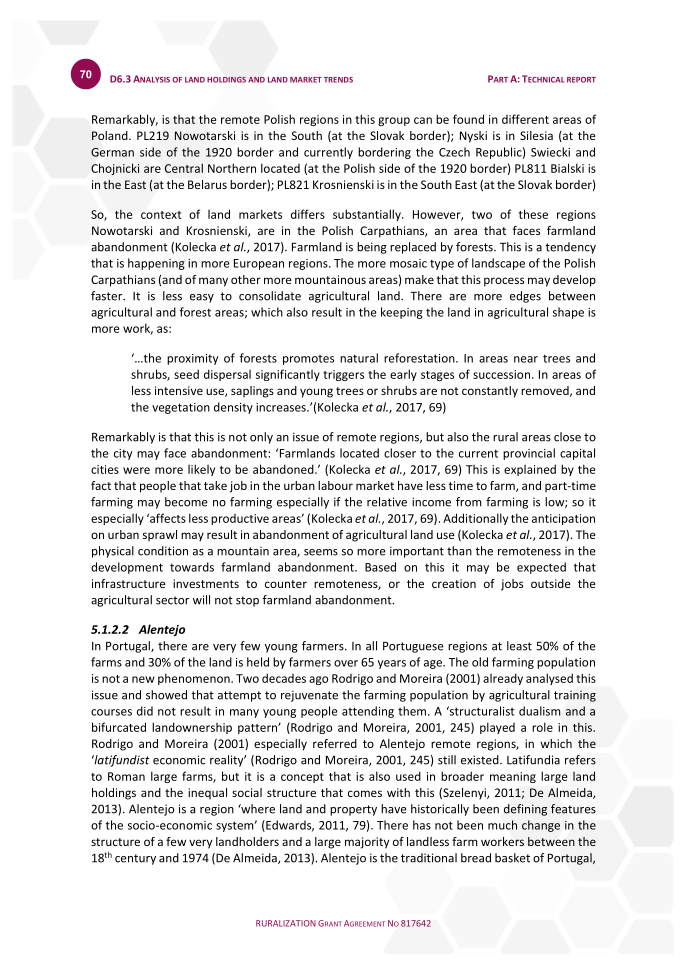Section title: 5.1.2.2 Alentejo
Highlights:
Alentejo has a history of large farms with many landless labourers who lived in poor conditions. Although Alentejo is dominated by large scale latifundia type of farms, there are smaller areas with smaller scale farms. The Alentejo NUTS 3 regions have very high scores on the EEA (2019) defined land cover flow ‘withdrawal from farming’ between 2000 and 2018. Baixo Alentejo has (with 25,185 hectares) the highest withdrawal from farming score of all NUTS 3 regions in the EU. These high dynamics in land uses are not being reflected by a high dynamic on the land market. Furthermore, due to mechanisation there is no need any more for farmworkers, so the area is facing population decline. The Alentejo region shows that large changes in land use do not always have the consequence that unequal relationships will be addressed. It is just that landowners take decisions to exploit their lands in other ways. In many of these regions, there has been a large outflux of population, which implies that new beginnings may provide new opportunities for novel types of farmers. However, access to land is not easy in this context. Having alternative farming styles without much emphasis on boosting production also means that market powers on the land market are limited.
Download
Country: Portugal
NUTS1 region: PT1 Continental Portugal
Type of region: Predominantly rural
RUR actor group: New Entrants e Newcomers
Local authority role: Other
Civil society organisation role: Other
Single persons role: Other
Politician role: Other
Rural development pathway: Rural-Urban Relations e Human Capital
Access to land pathway: Organising the accessibility of farmland
Rural development topic adressed: Lack of jobs or quality jobs, Lack of economic diversity, e Access to land


